Blog
What you need to know about physiotherapy and podiatry.



Written by Hu Wenyan Fiona, Director & Chief Podiatrist at Women and Children Centre
As a podiatrist at Women and Children Centre, I often meet parents who are concerned because their child’s feet seem to turn inward when walking or running. This condition is known as intoeing (sometimes called being “pigeon-toed”).
It’s natural for parents to worry; some tell me they notice their child tripping more often, wearing out shoes unevenly, or simply looking “different” from other kids. The good news is, in most cases, intoeing is part of normal growth and often self corrects. Nonetheless, I always remind parents that early assessment will be helpful in identifying any developmental issues.
From my clinical experience, there are three common causes:

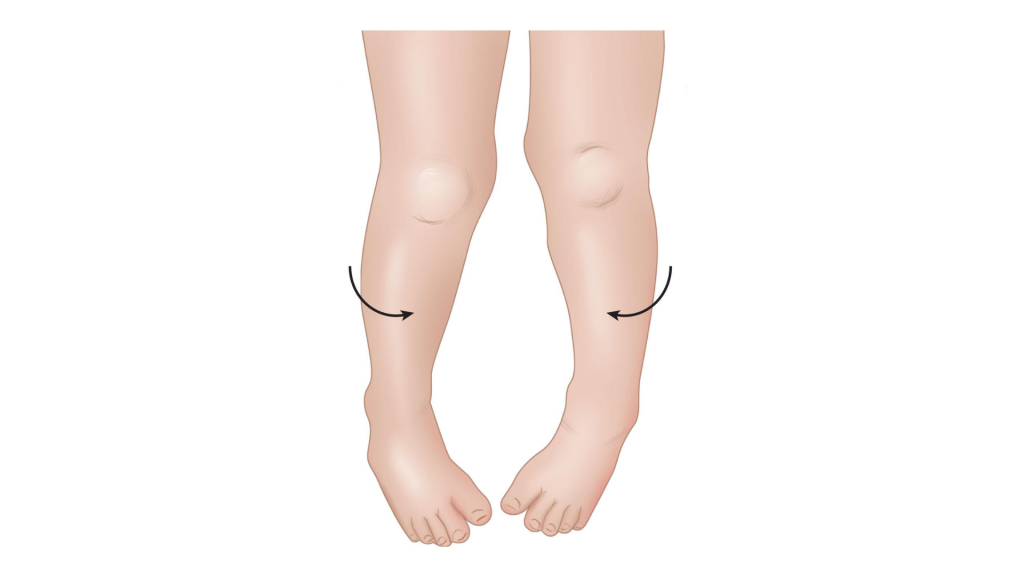


Parents usually notice when their child’s feet turn inwards or when they trip more than other children. Some also bring me worn-out shoes with the inside edges more scuffed than the outside.
Mild intoeing doesn’t usually cause pain. But if your child has discomfort, frequent falls, or worsening alignment, that’s when I recommend a closer look.

In many cases, yes. Most children’s intoeing improves naturally as their bones and muscles mature. By school age, parents often see a big difference without any treatment.
I encourage parents to bring their child in if:
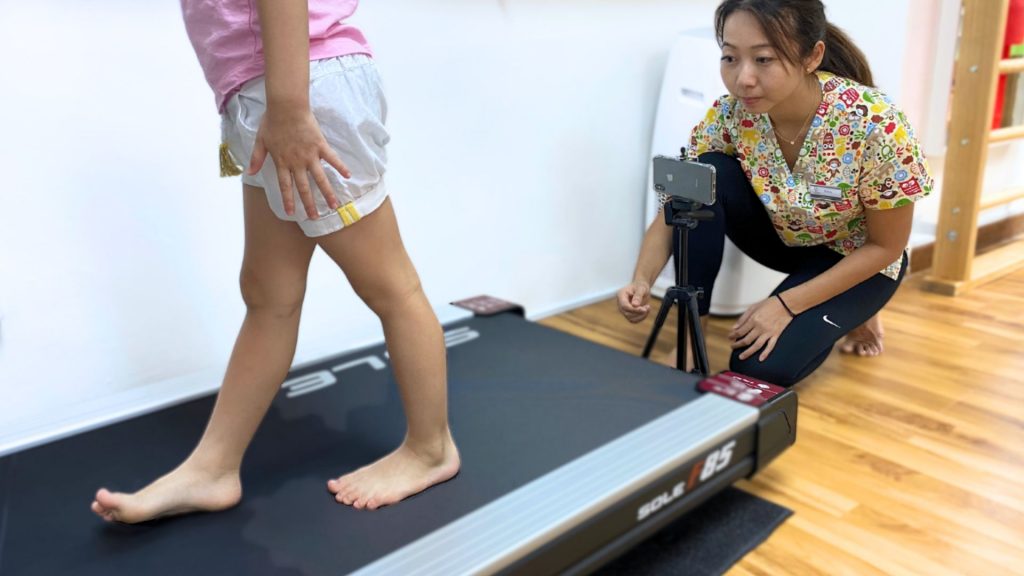
At Women and Children Centre, we usually start with a physical examination, looking at foot shape, hip rotation, and leg alignment. I will perform a thorough gait analysis to examine how a child walks and runs.
In most cases, no invasive tests are needed. But if I suspect an underlying condition, I may recommend further tests.
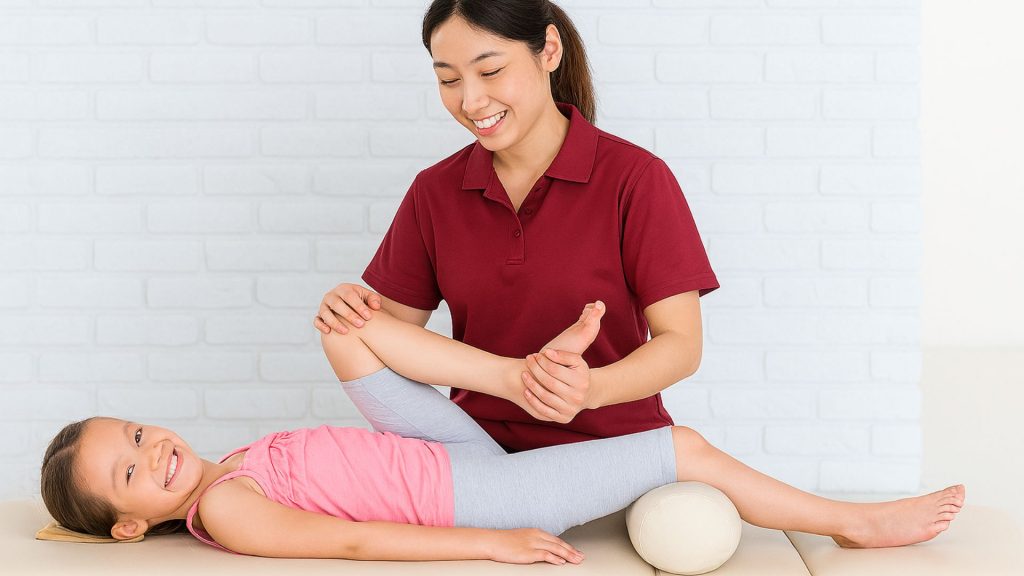
Most of the time, treatment isn’t required. Instead, I guide parents on what to expect and monitor the child’s progress over time. When treatment is needed, here are some approaches I use:
Surgery is very rarely needed, and I’ve only seen it considered in severe cases that don’t improve with age.

Yes, and this is something I always reassure parents about. I’ve worked with many children who run, play football, and swim without issues despite mild in-toeing. With the right care, they can enjoy sports and stay active just like their peers.
Parents often hear conflicting advice. Here are a few common myths I’ve come across in clinic:
“Intoeing means my child won’t be good at sports.”
Truth: Many children with intoeing run, play football, and even excel athletically.
“My child needs special shoes or braces right away.”
Truth: Most cases improve naturally. Orthotics or braces are only needed in select situations.
“They will definitely outgrow it, so I shouldn’t worry.”
Truth: While many do improve, severe or painful cases should always be checked early.
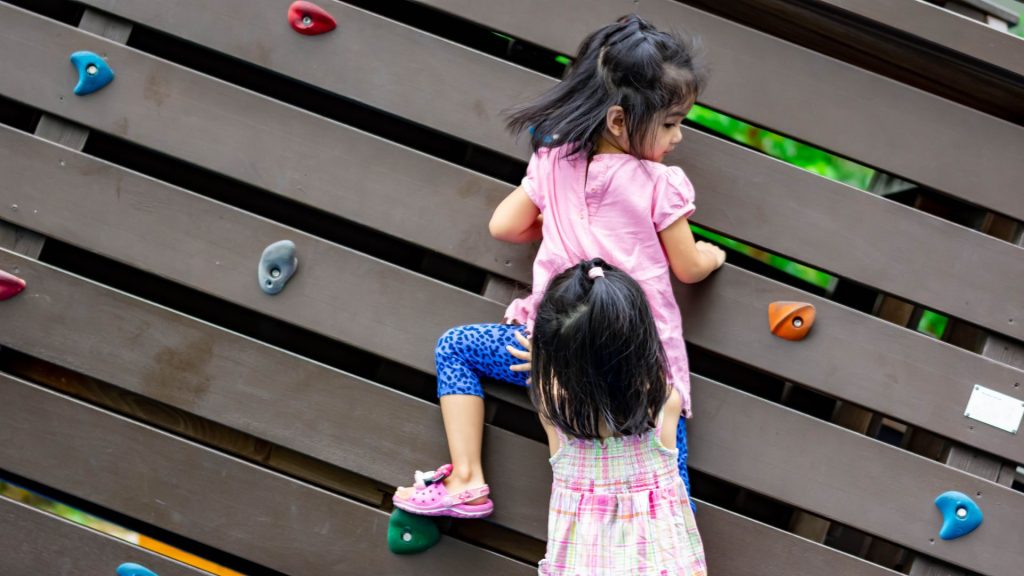
While waiting for natural improvement, there are small things parents can do at home:
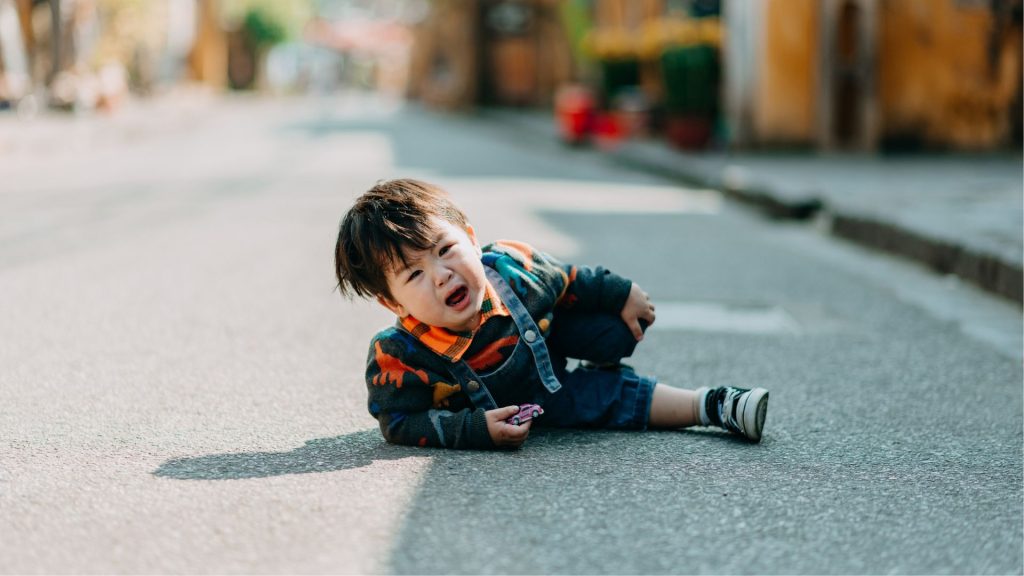
One case that stands out is a 4-year-old boy who came in because his parents noticed he was tripping frequently in kindergarten. They were worried he might have a permanent disability. After a full assessment, I diagnosed femoral anteversion, which I explained often improves with growth. With regular monitoring, supportive shoes, and some balance exercises, he was running confidently within a year. Today, he plays football weekly without issues.
Stories like this are why I remind parents that early reassurance and guidance can make a world of difference, not just for children, but for parents too.
For parents in Singapore, noticing intoeing can be worrying, but in most cases, it’s a normal part of development. Still, if you’re unsure, don’t wait and worry. A quick assessment can give you peace of mind and ensure your child is on track for healthy growth.
At Women and Children Centre, we’re here to support you and your child every step of the way. Book an appointment with us today!
Phone: 9126 8257
Fax: 6281 1209
Email: contact@physioandsole.com
Whatsapp a Podiatrist: 91754929
Whatsapp a Physiotherapist: 98997967